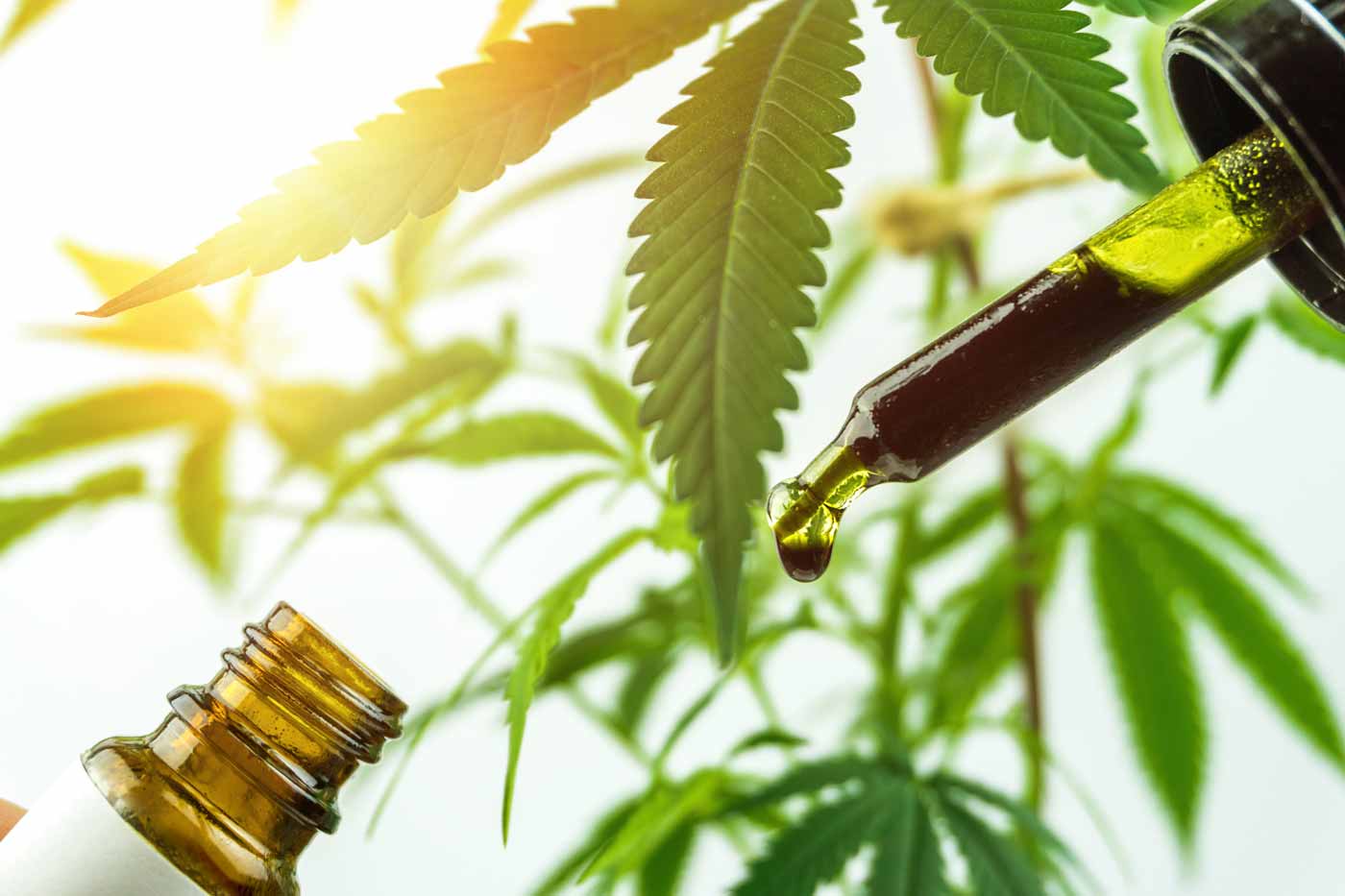Exercise and the Endocannabinoid System
The Basics:
First of all let’s take a simple look at the endocannabinoid system and what effects it has on the body. The system is a collection of cell receptors (CB1 and CB2) and their corresponding molecules. Every time a molecule locks into a cell receptor it sends it a message giving the cell a direction to go in, which is always with the aim of bringing the body into balance or homeostasis. These receptors are found throughout the body and it’s the diversity of the receptor locations that point to the wide range of bodily functions and activations.
Activating the Endocannabinoid System:
Let’s go a little deeper into current research into exercise and the endocannabinoid system.
We have all heard of or know of the experience of a ‘runner’s high’ and new research is showing that this may be accounted for by the significant activation of the endocannabinoid system during exercise rather than the release of endorphins as previously thought. Exercise of moderate intensity dramatically increases the concentration of anandamide in the blood1 and it’s this increase which shows a significant activation of the endocannabonoid system. Anandamide is an endocannabinoid that is a fatty acid neurotransmitter who’s name is derived from the Sanskrit ‘Ananda’ which means bliss or joy. It’s produced by the body but (and this is key) it is broken down by the enzyme FAAH (fatty acid amide hydrolase). Those of us that produce less FAAH tend to be happier than those that produce more as it allows more anandamide to be present in the body (and therefore produce more of a feeling of wellbeing for example). Interestingly CBD is an FAAH inhibitor.
It doesn't stop there! The cannabinoid receptors themselves are found, amongst other areas, in muscle, skin, endothelial cells and the lungs. We see this with anandamide acting as a vasodilator and producing hypotension through CB1 receptors in muscle tissue and this may as a result facilitate blood flow during exercise. The increase in anandamide in the blood that we spoke of earlier is also likely to increase or activate the analgesic systems in the brain and by acting through the CB1 receptors in the skin and muscle. Amazingly anandamide also acts as a bronchodilator which suggests that another possible role for the endocannabinoid system could be to facilitate breathing during exercise. Supplementing with CBD can support and sustain this activation prior to, during and post exercise.
Exercise and Inflammation:
Any form of exercising (particularly vigorous) causes inflammation. It’s the body’s way of triggering the body’s repair process and is a completely natural occurrence. The inflammation itself is triggered by microscopic damage to the muscles and tissues, it’s what allows the muscles and tissues to grow back stronger and fitter. However, too much inflammation, (caused through injury, sprains and strains, more vigorous workouts etc) can contribute to excessive muscle damage, poor workout results and longer recovery times. Professional athletes turn to anti-inflammatory measures to aid in their recovery such as using ice baths and pharmaceutical anti-inflammatories.It is interesting to note that CBD was at one time banned by the World Anti-Doping Agency but the ban was lifted in 2017 and has since been accepted for use by professional athletes. It is even been offered in some yoga studios!
In Summary:
The endocannabinoid system works to bring the body into homeostasis. The key here is that endocannabinoids are lipids that are very quickly eliminated so that supplementing with CBD (which is an FAAH inhibitor so will delay this elimination) pre, post and during exercise can boost and aid in the previously mentioned effects.
We hope you enjoyed this brief look into the endocannabinoid system and exercise. Look out for future articles looking more closely at each of the points covered in the article, and even aspects we didn’t go into here.



